Water-borne diseases
Thousands of communities in developing nations have no option but to drink disease infected water. Learn more about the dangers communities face daily and get involved.
Water-borne diseases from drinking dirty water
Water-borne diseases are caused by pathogenic micro-organisms that are transmitted in water. The most common water-borne diseases are cholera, typhoid, dysentery, and bilharzia.
In developing nations humans will often be forced to share water sources such as lakes, rivers, streams and watering holes with animals. Animals commonly harbour micro-organisms which can easily contaminate water sources leading to outbreaks of water-borne diseases.
Every day millions of people risk their lives drinking water which appears to be safe, yet the reality is the water is deadly especially for the young, elderly and the sick.
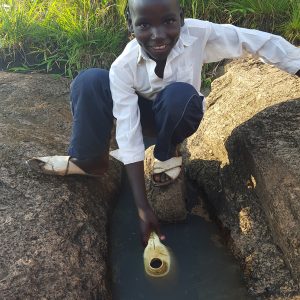
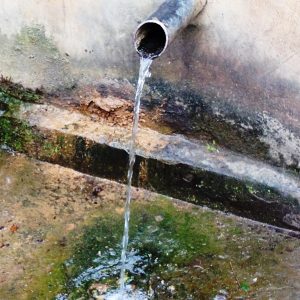
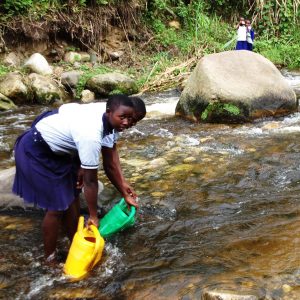
The shocking facts about
water-borne diseases
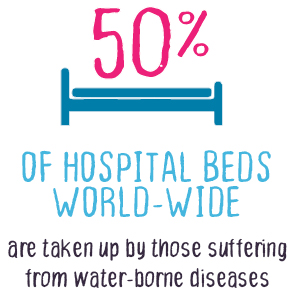
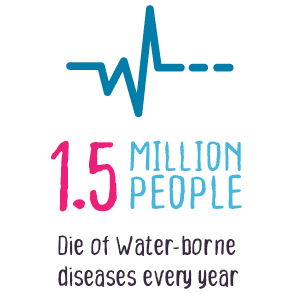
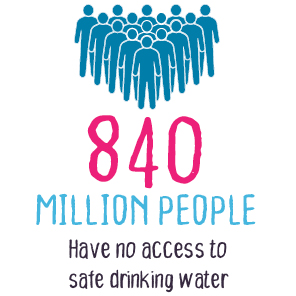
Make a donation
Donating to Lifewater online is really easy. There is absolutely no pressure, we are so thankful for all donations.
The most common water-borne diseases
Take a look at some of the most common water-borne diseases and learn how they impact communities in developing nations.
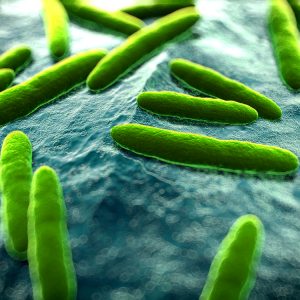
Bacterial water-borne diseases
Cholera – A bacteria which causes diarrheal illness. Typically associated with water and poor sanitation.
Typhoid – A bacteria which causes diarrheal illness, also known as typhoid fever.
E-coli – A bacteria which causes diarrheal illness. Typically associated with both water and food.
Dysentery (Shigella) – A bacteria which causes diarrheal illness, known as shigellosis.
Campylobacter – A bacteria which causes diarrheal illness. Typically associated with poultry, animals and humans.
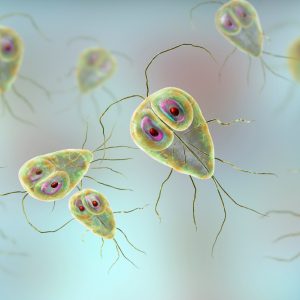
Parasitic water-borne diseases
Giardia – A parasite which causes diarrheal illness, also known as giardiasis. This is the most common pathogen in water-borne outbreaks. It can also be found in soil and food.
Cryptosporidium – A parasite which causes diarrheal illness, also known as cryptosporidiosis. Typically associated with water, food and soil.
Guinea worm – A worm which causes fever, rash and gastrointestinal signs followed by the formation of a painful blister on the skin. Female worms emerge from the host’s skin and release larvae into water sources.
Bilharzia – A disease caused by parasitic flatworms called schistosomes (also known as snail fever). The disease causes abdominal pain and diarrheal illness.


